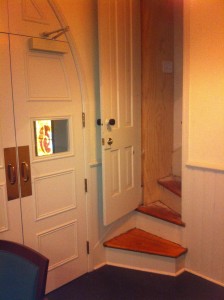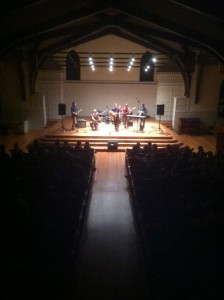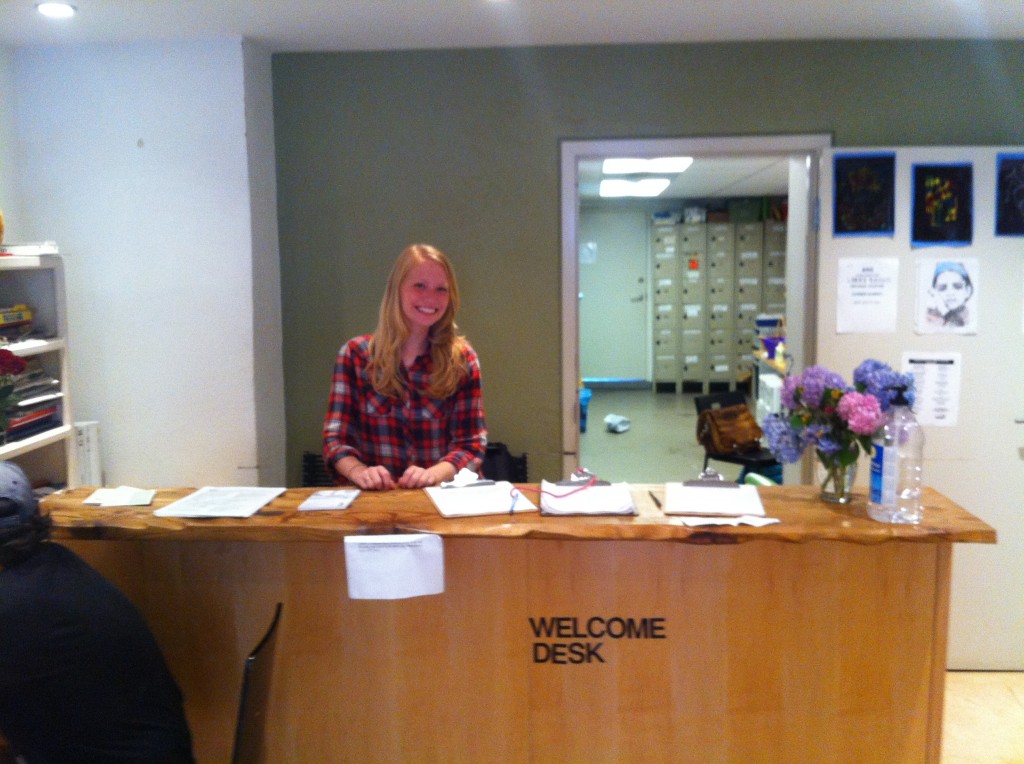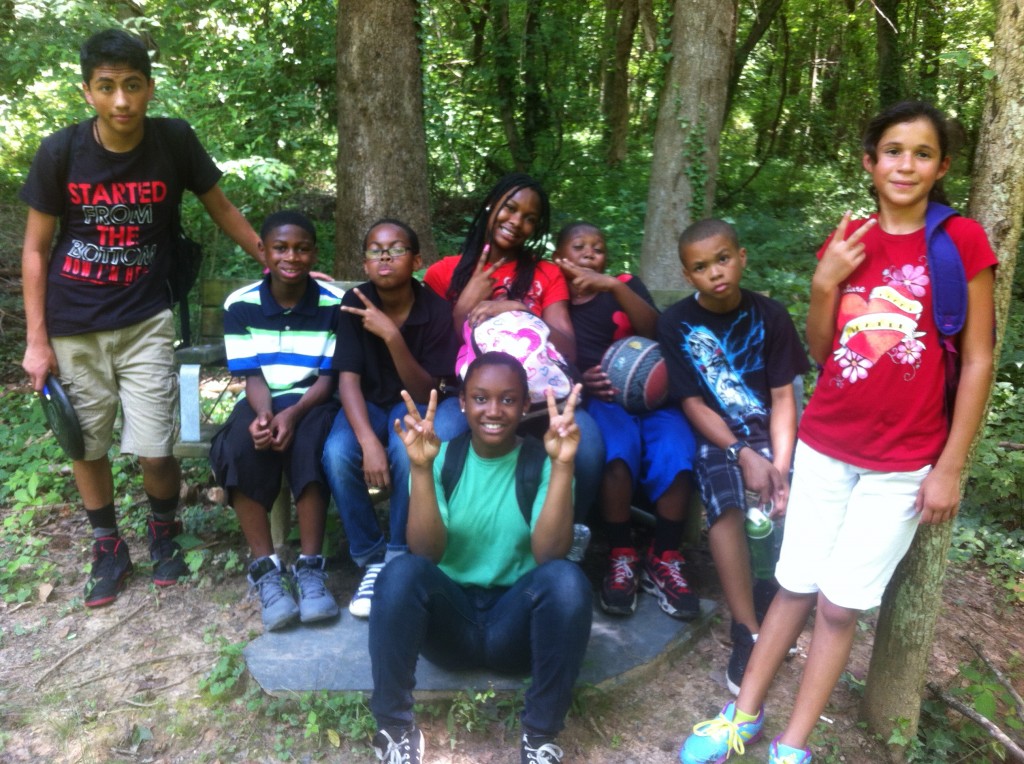Perhaps every writer is inexplicably surprised when their work is actually read, but I did not expect this blog to reach as wide of an audience as it has. Following last week’s blog on fatherhood, the link to this blog (shared only once by me) began to circulate amongst the Haven guests. Happily, the response was uniformly positive and one of excitement, but this has raised some important questions for me. Even in the anonymous blog world I am not entirely separate from my summer work. At the request of a guest, I gave out my blog link. It seemed like a flattering request at the time, and I was eager to share my thoughts and experiences with them in a different light. Unfortunately (or fortunately?) the link spread. This week has become an exercise in exploring boundaries and connections set up between myself and the Haven guests with whom I work.
The most apparent theme weaving all my readings together is the theme of relationality, and the ability of authentic, personal relationships to effect change. People in crisis can see right through false intentions. The effort to build and maintain personal relationships also seems to be a central theme in the work of my intern colleagues, Reilly and Kate. Their wonderful posts include references to creating trust and friendship with those they serve, and all three of us acknowledge the difficulty of creating, nurturing, and maintaining these relationships in the short span of a summer internship. With the desire to create these authentic relationships, the thought of consciously applying boundaries and limitations to these relationships seems incongruent, yet this is where I have found myself.
Encouraged by my last post, in which he was featured, my new friend R poured his heart out to me this past week. He told me the entire tale of his years on the road, crisscrossing the continental United States from west to east. His voice and stories spoke yearningly of acceptance and affirmation—and most essentially—security. At the heart of this monologue was R’s desire to find a romantic partner who would support and comfort him. The direction of the conversation was predictable. At the conclusion of his monologue, he asked me to give him a chance and go on a date. Naturally, this is not territory I can enter as part of my internship and education in relationality. Heart sinking, I had to explain that I couldn’t engage with him the way he was asking me to. All I could do was be somewhat of a professional friend: be a supporter and cheerleader in the evolution of his life, but resolutely on the sideline. My unwillingness to engage R in a romantic relationship is, I believe, an occupational hazard of being a listening ear to people craving stability. As a Haven staff member put it, the talker tends to perceive a kind listener as a revolutionary way to access healthy romantic relationships—the kind of model with which they may be unfamiliar. For my own wellbeing, I have had to maintain a professional distance from the men that I serve. In theory, this is far from ideal because it technically means that am creating conscious distance between me and those with whom I wish to relate. For me, staying safe in my relationship building is the opposite of radical hospitality; it is selective and limited. And if building relationships is the best way forward to healing, what am I doing putting up barriers?
In his book, Open Friendship in a Closed Society: Mission Mississippi and a Theology of Friendship, Peter Slade discusses the need for a barrier-less theology of friendship. If we wish to break down long standing social and religious barriers, he argues, we should take inspiration from Jürgen Moltmann’s theology, which calls for the emulation of radical and indiscriminate friendship demonstrated by Christ’s life. Moltmann harnesses the power of hope inherent within potential friendship and the hope actualized within the body of friendship. Inspired by the contemporary political and racial climate of the United States, Peter Slade adopts Moltmann’s call for open friendship in context of racial reconciliation in contemporary Mississippi. Slade’s book studies Mission Mississippi, a statewide Christian initiative that aims to promote social progress by nurturing individual friendships among religious people of different races. Slade quotes British theologian Liz Carmichael: “Where walls of division have been put up, we should ask ourselves and the others: what do friends do together? And start doing these things at every level” (187).
I want to create open friendships, but don’t know how to navigate my role as a professional (or semi-professional); I am the intern emulating a service provider role. I do feel that I have created authentic relationships with people at the Haven this summer. I truly do feel that I have reached the point of trust and openness with many guests that they have little hesitation confiding in me or reacting to my presence. I’m not sure how to reconcile this necessity for professionalism and call for friendship. In terms of what “friends do together,” my days are filled with conversation with guests at the Haven, but our lives part when we leave the Haven campus. We do not go out to eat and I do not invite anyone to my home. Should I? Much of the reading I have done this summer seems to suggest that I need to open my home and life to those in need to be fully engaged in theological change. I struggle with feeling that this is the best way for me to engage.
For Slade’s purpose, the “friendship” is literal, as Mission Mississippi calls for white southerners and African-Americans to form authentic, personal bonds over a common theology. My interpretation of Moltmann’s theology of friendship is closer to Slade’s application. This summer, I have worked among and alongside people I normally would not encounter in my “normal” social reality. Unlike Mission Mississippi and Peter Slade, I consistently struggle with being completely open and available to those I wish to serve. As I will remain in Charlottesville for at least another year, I have the unique ability to continue these relationships once the summer is over. It is my hope that the balance between professionalism and friendship will become easier to navigate when I am out of semi-staff position and can focus on connecting to Haven guests as a fellow community member with less conditional strings attached.

A snapshot of the artist studio at the Haven. Photo credit: Haven website www.thehavenatfirstandmarket.org

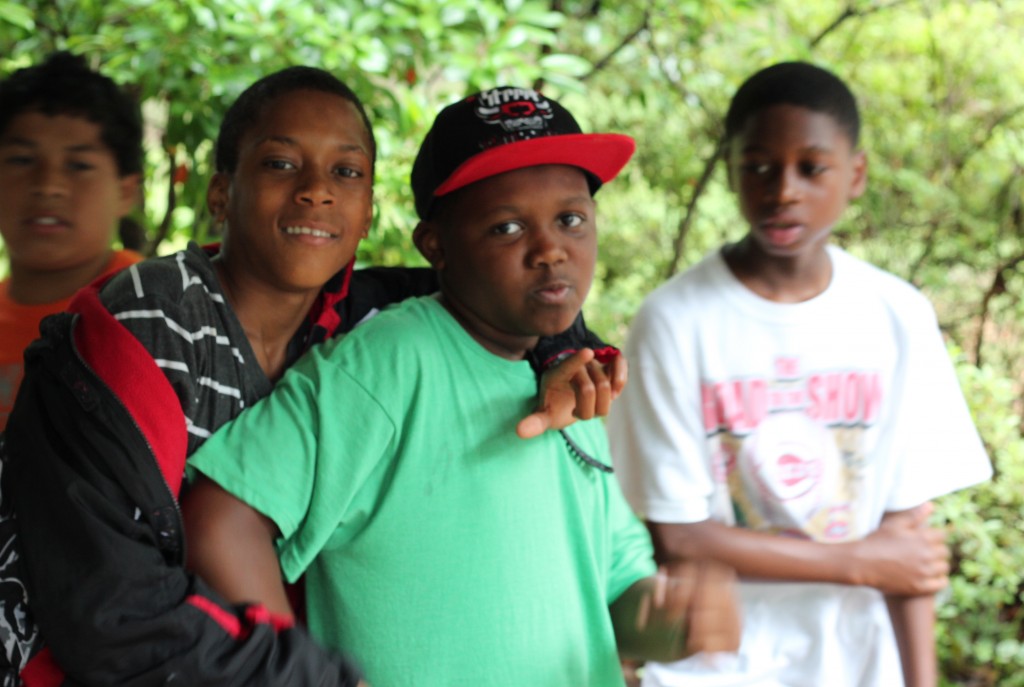

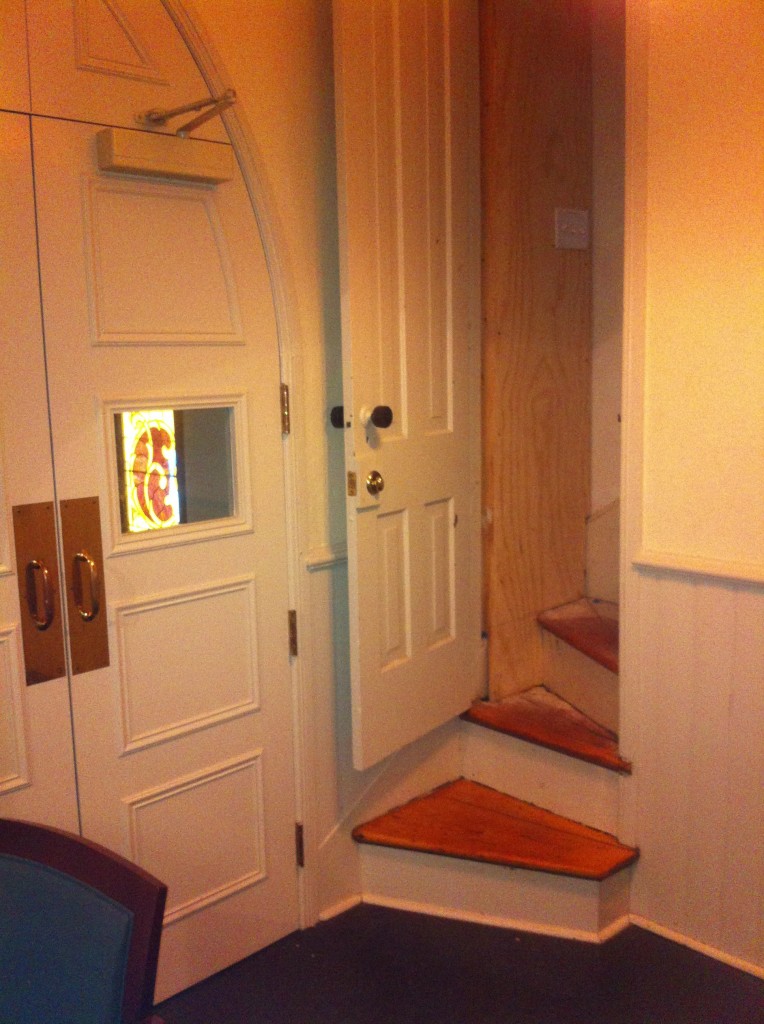 In her 7th
In her 7th 